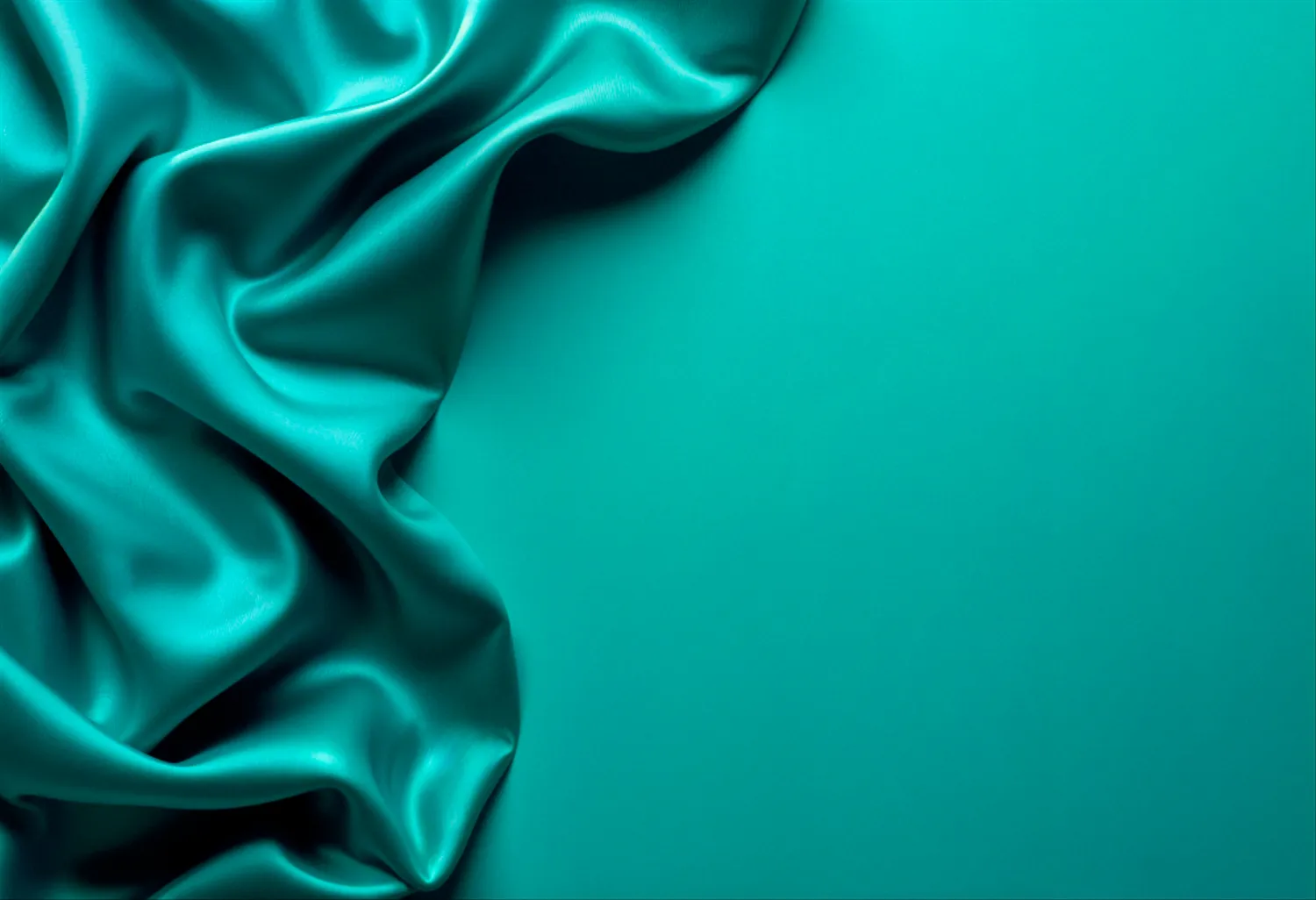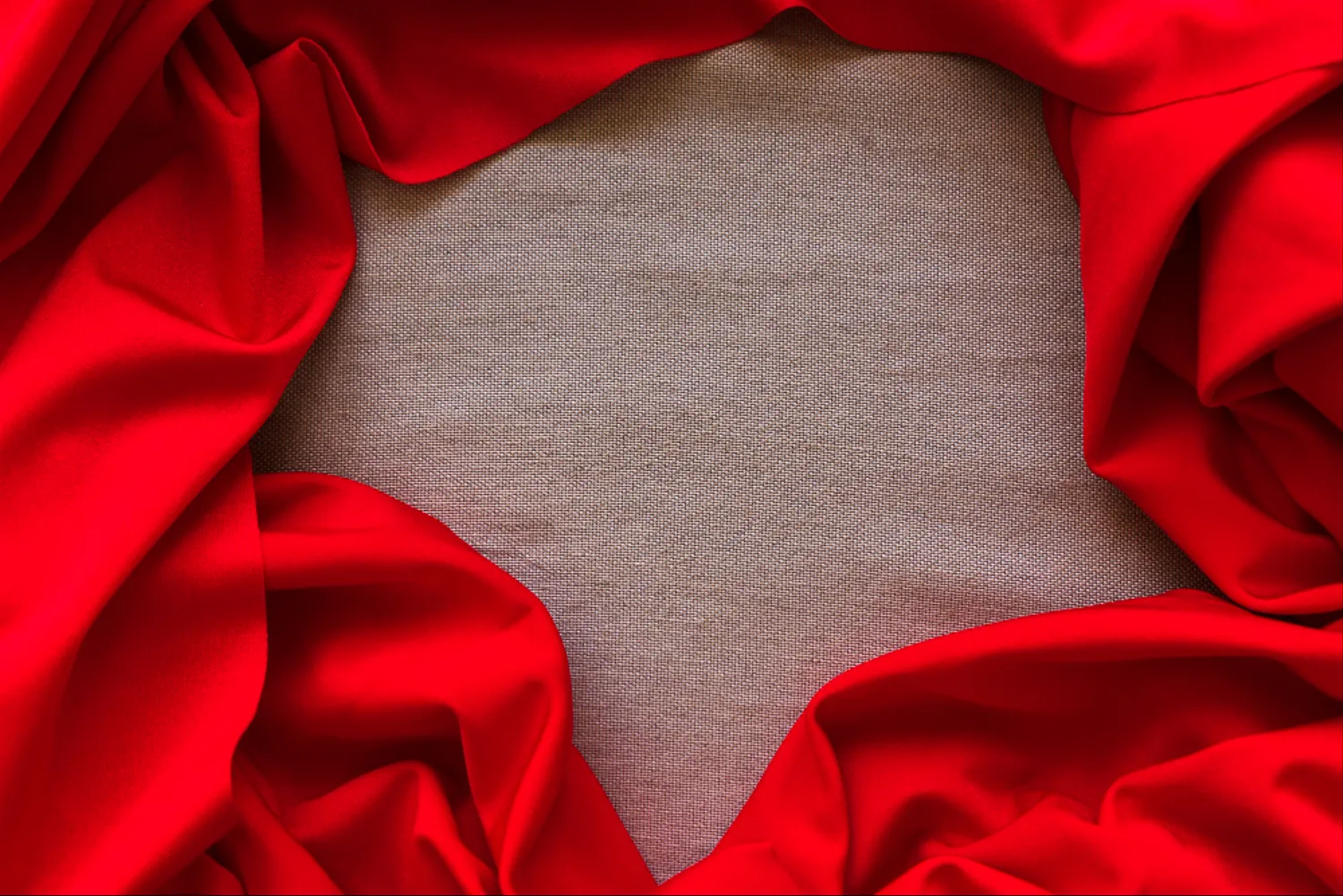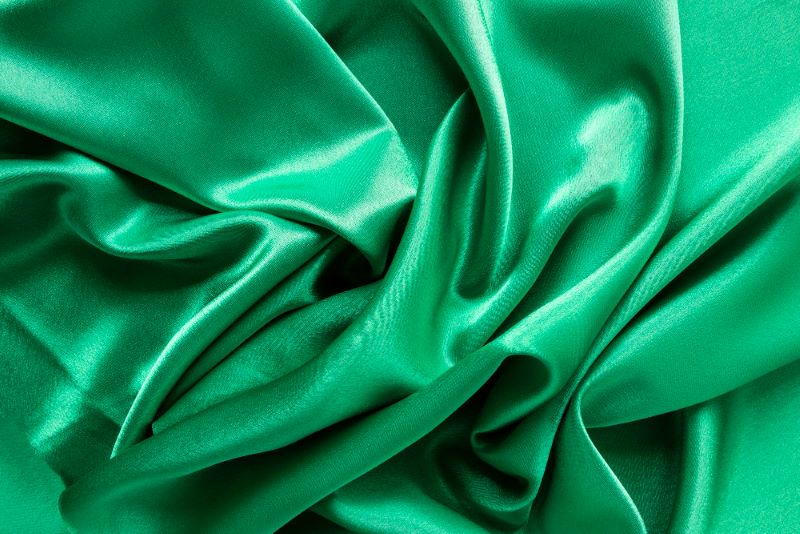
Ordering silk fabric online can feel like a gamble, especially when color accuracy matters for your project. Many buyers face the frustration of receiving fabric that looks completely different from what appeared on their screen. This challenge becomes even more critical when you're working on a specific design, matching existing pieces, or fulfilling client requirements where precise color matching is non-negotiable.
Getting the exact shade you need when you buy silk fabric online requires a strategic approach. Unlike shopping in physical stores where you can touch and see fabric under different lighting conditions, online purchases depend on digital representations that can vary significantly from the actual product. Screen settings, photography conditions, and fabric dye lots all contribute to potential color mismatches.
This guide provides practical steps to help you order silk fabric with confidence. You'll learn how to communicate effectively with sellers, use available tools for color matching, and understand the factors that influence color accuracy in silk fabrics. Whether you're a fashion designer, quilter, or home decorator, these techniques will help you get the exact shade you need for your project.
Why Color Accuracy Matters in Silk Fabric
Silk fabric presents unique challenges when it comes to color matching. The natural fibers reflect light differently than synthetic materials, creating depth and richness that can appear dramatically different under various lighting conditions. What looks like a deep burgundy under fluorescent lights might appear more purple under natural sunlight.
Professional fashion designers and manufacturers understand that even slight color variations can compromise an entire collection. When you buy fabric online for commercial purposes, color consistency becomes crucial for maintaining brand standards and customer satisfaction. A single shade mismatch can result in costly returns, delays, and damaged professional relationships.
For personal projects, color accuracy ensures your finished product meets your vision. Wedding dresses, curtains, upholstery, and quilts all require precise color coordination. The luxurious appearance of silk makes color discrepancies more noticeable compared to other fabric types, making accuracy even more important.
Understanding Color Variations in Silk Fabrics
Silk fabric color can vary due to several factors that affect the final appearance. Natural silk fibers absorb dyes differently based on their quality, origin, and processing methods. Even fabrics from the same dye lot can show subtle variations, particularly in hand-dyed or artisanal silk products.
Digital photography adds another layer of complexity when you buy silk fabric online. Camera settings, lighting conditions during photography, and post-processing adjustments all influence how colors appear on websites. Professional fabric retailers invest in color-calibrated photography equipment, but smaller sellers might use standard cameras that don't accurately represent true colors.
Screen display settings create the final variable in color perception. Monitor brightness, contrast, and color temperature settings vary between devices. The same fabric photo can look completely different on a laptop, tablet, or smartphone, making it challenging to predict the actual fabric color based solely on online images.
Understanding these variables helps you make more informed decisions and set realistic expectations when ordering silk fabric online. Recognizing that some degree of variation is normal allows you to plan accordingly and take appropriate steps to minimize surprises.
Essential Tips for Ordering Exact Shades Online

- Start by requesting physical samples before placing large orders. Most reputable online fabric stores offer sample services, either free or for a small fee. When you buy fabric online, samples provide the most accurate representation of color, texture, and weight. Order samples from multiple suppliers to compare quality and color accuracy.
- Use consistent viewing conditions when evaluating samples. Natural daylight provides the most accurate color assessment, so examine samples near a window during midday hours. Avoid fluorescent or incandescent lighting when making final color decisions, as these light sources can significantly alter color perception.
- Document your requirements clearly before placing orders. Create a detailed specification sheet that includes color references, such as Pantone numbers, hex codes, or comparisons to well-known color standards. Include photos of existing items you're trying to match, taken under good lighting conditions.
- Consider ordering slightly more fabric than needed to account for potential dye lot variations. Silk fabrics from different production runs can show noticeable color differences, even when ordered from the same supplier. Having extra fabric from the same dye lot ensures consistency if you need additional material later.
Effective Communication with Online Fabric Sellers
- Clear communication with sellers significantly improves your chances of receiving the correct color when you buy silk fabric online. Start conversations by explaining your specific color requirements and the intended use of the fabric. Professional sellers appreciate detailed information and can provide better guidance based on your needs.
- Ask specific questions about the fabric photos on their website. Inquire about lighting conditions used during photography, whether colors have been digitally adjusted, and how closely the photos represent actual fabric colors. Reliable sellers will provide honest answers and may offer additional photos taken under different lighting conditions.
- Request information about dye lots and color consistency. Ask when the fabric was dyed, whether multiple dye lots are available, and what variations you might expect. Some sellers maintain detailed records of their inventory and can provide specific information about color consistency within their stock.
- Establish clear return or exchange policies before placing orders. Understand the seller's policy regarding color dissatisfaction and whether they offer exchanges for color mismatches. Reputable fabric retailers often guarantee color accuracy or provide return options when colors don't match customer expectations.
- When working with Fabriclore, their customer service team can provide detailed color information and additional photos upon request. Other online retailers like Fabric Mart or Mood Fabrics also offer customer support for color-related inquiries, though their response times and detail levels may vary.
Checking Fabric Specifications and Certifications
Review detailed fabric specifications provided by sellers when you buy fabric online. Look for information about fiber content, weave type, and finishing processes that might affect color appearance. Silk fabrics with different weaves, such as charmeuse, dupioni, or crepe, reflect light differently and can make identical dye colors appear distinct.
Check for color fastness certifications and testing information. Professional-grade silk fabrics often include test results for color retention under various conditions, including washing, light exposure, and dry cleaning. These certifications indicate higher quality control standards and more consistent coloring processes.
Examine fabric weight and opacity specifications, as these factors influence color intensity. Heavier silk fabrics typically show deeper, more saturated colors, while lighter weights may appear more translucent and show different color characteristics. Understanding these relationships helps predict how the fabric will look in your finished project.
Look for information about finishing treatments that might affect color appearance. Some silk fabrics receive special treatments for wrinkle resistance, water repellency, or enhanced drape. These treatments can alter how colors appear and how the fabric reflects light, potentially affecting your color matching efforts.
Utilizing Color Matching Tools and Technology

Modern technology offers several tools to improve color accuracy when you buy silk fabric online. Color calibration tools for computer monitors help ensure more consistent color representation across different devices. These tools adjust monitor settings to display colors more accurately, reducing variations between what you see online and actual fabric colors.
Mobile apps designed for color matching can help you communicate specific color requirements to sellers. Apps like ColorSnap or Pantone Connect allow you to capture colors from physical objects and convert them to standardized color codes that sellers can reference.
Request digital color cards or swatches from sellers. Some online fabric retailers provide downloadable color charts that correspond to their fabric collections. Print these charts using a calibrated printer to get more accurate color references than standard website photos.
Consider professional color matching services for critical projects. Some specialty fabric retailers offer consultation services where color experts help match specific requirements. While this service typically costs extra, it can be valuable for high-stakes projects where color accuracy is essential.
When Colors Don't Match Your Expectations
Act quickly if received fabric doesn't match your color expectations. Most online fabric retailers have time-limited return or exchange policies, so contact customer service immediately upon discovering color discrepancies. Document the differences with clear photos taken under good lighting conditions.
Provide specific feedback about color variations to help sellers understand the issue. Describe whether the fabric appears lighter, darker, warmer, or cooler than expected. This information helps sellers improve their product descriptions and photography for future customers.
Explore partial solutions if complete returns aren't possible. Some color variations might work for less visible applications, such as lining or trim, while you order different fabric for main sections. Creative project adjustments can sometimes accommodate unexpected color variations.
Consider professional color correction for valuable fabrics. Specialized dye houses can sometimes adjust silk fabric colors to better match your requirements. While this adds cost and time to your project, it might be worthwhile for expensive fabrics or critical applications.
Advanced Strategies for Professional Color Matching
Develop relationships with trusted suppliers who understand your color requirements. When you regularly buy fabric online from the same sources, sellers learn your preferences and quality standards. Building these relationships leads to better service and more accurate color matching over time.
Create a physical color reference library for frequent color matching needs. Collect fabric samples, color swatches, and standardized color references that you can mail to suppliers for exact matching. Physical references eliminate digital color variations and provide the most accurate communication method.
Plan projects around available fabric colors rather than trying to match specific shades exactly. Working with a supplier's existing color palette often yields better results than requesting exact matches to external color references. This approach also typically offers better pricing and faster delivery times.
Consider seasonal color variations in natural silk fabrics. Some silk types show subtle seasonal variations based on silkworm feeding conditions and environmental factors. Understanding these natural variations helps set appropriate expectations and timing for fabric orders.
Building Long-term Success with Online Fabric Purchasing

Document successful purchases for future reference. Keep records of suppliers, specific fabric codes, dye lot numbers, and any special instructions that resulted in accurate color matches. This information becomes valuable for repeat orders or similar future projects.
Stay informed about new color matching technologies and services offered by online fabric retailers. The industry continues developing better tools for color accuracy, including improved photography techniques, virtual sampling technologies, and enhanced customer service approaches.
Share feedback with suppliers about your color matching experiences. Positive feedback for accurate colors and constructive criticism for mismatches helps suppliers improve their services. Many online retailers actively seek customer input to enhance their color representation and matching processes.
When you buy silk fabric online consistently from reliable sources, you develop expertise in predicting color accuracy and working within the limitations of digital fabric shopping. This experience becomes valuable for both personal projects and professional applications.
Making Smart Decisions for Your Silk Fabric Orders
Success in ordering exact shades when you buy fabric online comes from combining multiple strategies rather than relying on any single approach. Use samples, communicate clearly with sellers, understand the limitations of digital color representation, and plan for potential variations in your projects.
Start with smaller orders when working with new suppliers to test their color accuracy and customer service quality. Gradually increase order sizes as you build confidence in specific suppliers' ability to meet your color requirements consistently.
The investment in proper color matching techniques pays dividends in project success and reduced waste. Taking time to verify colors before large purchases prevents costly mistakes and ensures your finished projects meet your quality standards. Whether you're working on personal creative projects or professional fashion lines, accurate color matching enhances the final result and your satisfaction with the process.